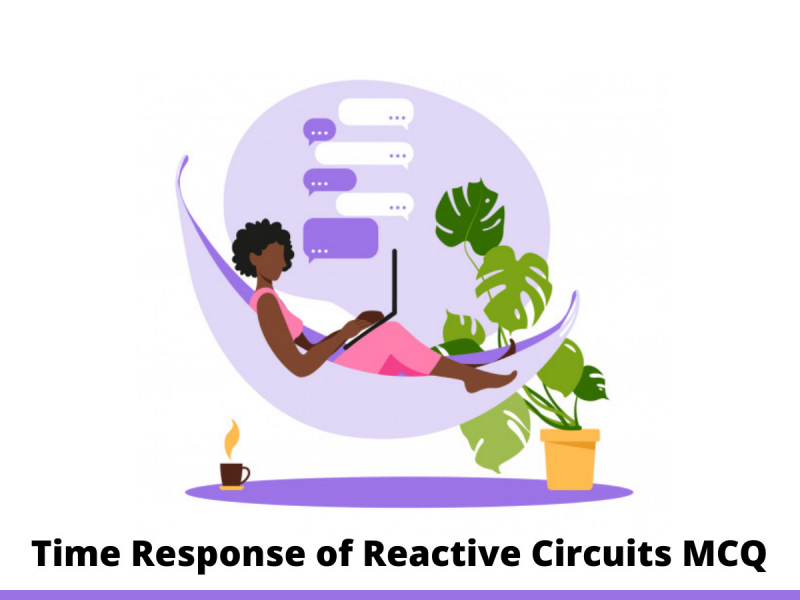Take Time Response of Reactive Circuits MCQ Test to Test Your Knowledge
Practice here the best Time Response of Reactive Circuits MCQ Questions that checks your basic knowledge of Time Response of Reactive Circuits. This MCQ Test contains 20+ Multiple Choice Questions. You have to select the right answer to the question. Apart from this, you can also download here Time Response of Reactive Circuits MCQ PDF, completely free.

